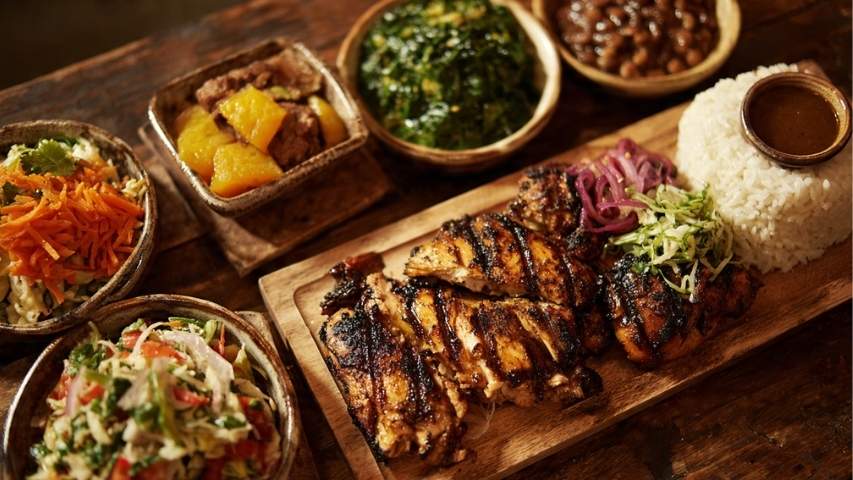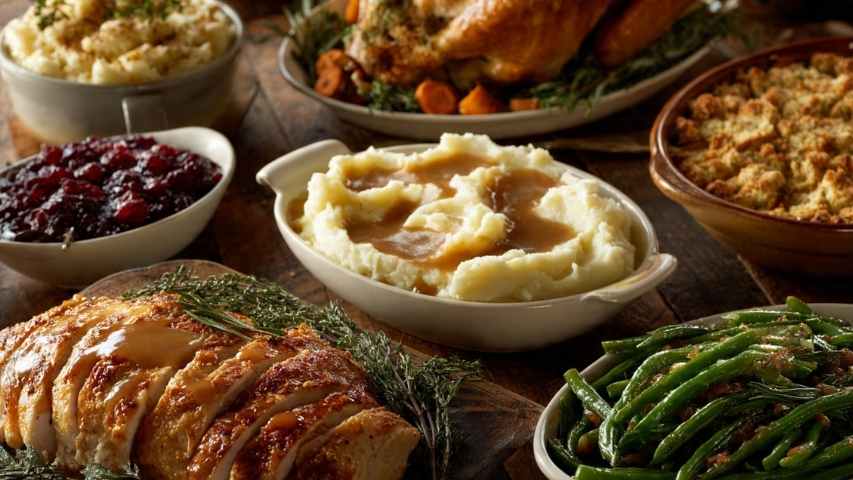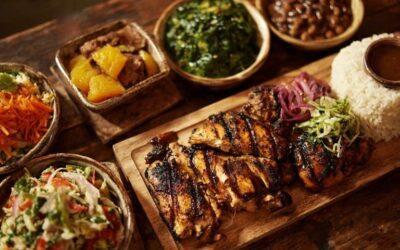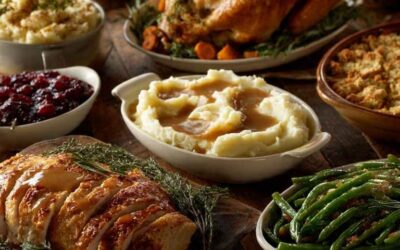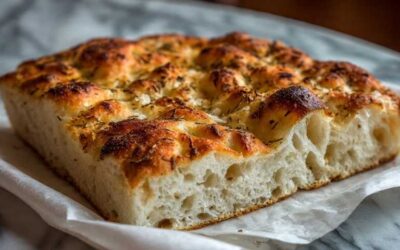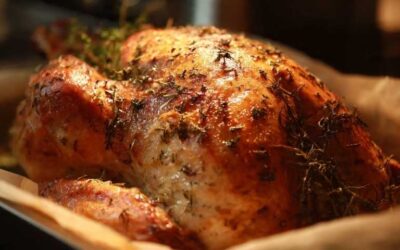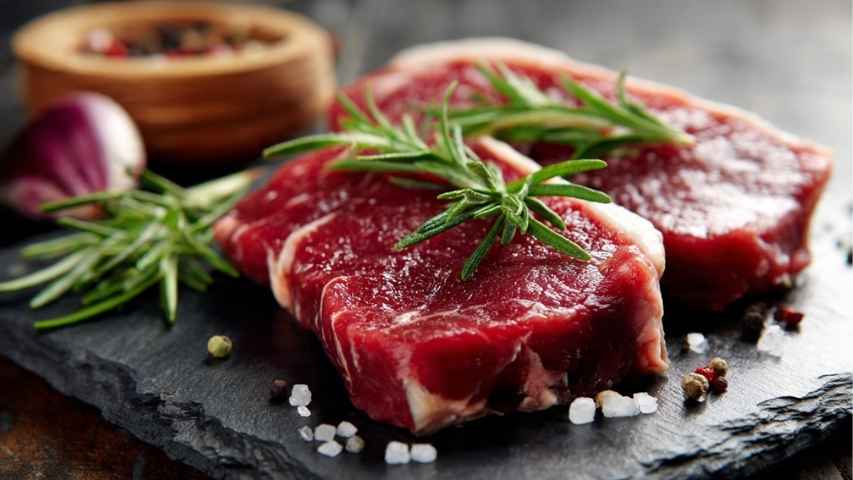Veal is often associated with upscale French and Italian restaurants, where it is served as a tender and flavorful delicacy. For many years, it was considered one of the most prized meats, known for its unique taste and texture (Global Beef and Veal Consumption Per Capita by Country, 2024). However, concerns about calf welfare changed public opinion, and veal became less popular (The Welfare of Animals in the Veal Industry, 2012).
Recently, the veal industry has made important changes to support more ethical and sustainable practices (Association, 2020). Because of this, veal is becoming popular again in butcher shops and home kitchens (Chefs Are Rethinking Veal – A Fresh Look at Taste and Sustainability, 2023). This guide covers everything from veal’s origins and flavor to the best ways to cook it, so you can see what makes veal a special choice.
The Story Behind Veal
To appreciate veal, it’s helpful to know where it comes from. Learning about its source, recent changes in the industry, and its nutrition can give you a better sense of this unique meat.
What Is Veal Meat?
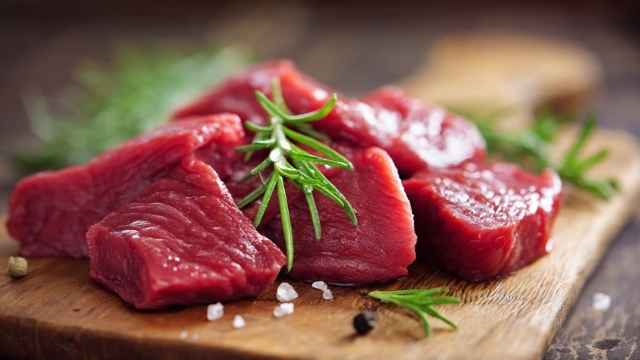
Veal is the meat from a young calf, just as beef is the meat from a mature cow. Most veal comes from male calves of dairy breeds. Because male calves cannot produce milk, they are not used for dairy production. While a small number are selected for breeding, the rest are raised for meat. (Veal From Farm to Table, n.d.)
The age of the calf is what sets veal apart from beef. Calves are usually raised for about 20 weeks (Raising Veal, n.d.). Because they are so young, their muscles stay soft, making the meat very tender and milder in flavor than the stronger taste of older cattle.
How Has the Veal Industry Changed?
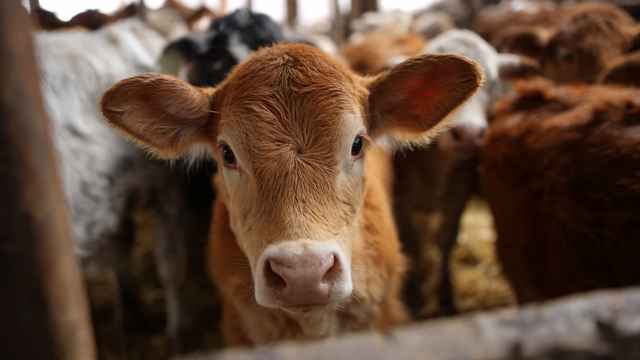
One of the most significant changes in the modern veal industry involves how the calves are housed. In the past, it was common practice to raise calves in individual crates that restricted their movement. This method was widely criticized by animal welfare advocates and consumers alike, leading to a sharp drop in veal sales. (Farmed Animal Welfare: Cows, n.d.)
To address these concerns, much of the industry has stopped using crates. Now, many farmers keep calves in group pens, where they can move around and interact with each other (Veal industry switching to group housing; one-third already adopted, 2009). This change not only improves animal welfare but also helps dairy farms by giving male calves a valuable purpose (Compassion in dairy farming, 2018). These reforms have helped restore consumer trust and bring veal back as a more responsibly sourced protein (Veal Industry Sets New Ethical Standards to Strengthen Consumer Trust, 2025).
Veal’s Nutritional Profile

Veal is packed with nutrients and offers several health benefits. It is a lean source of high-quality protein, which helps with muscle growth, repair, and overall health. Veal also has less fat and fewer calories than many beef cuts, making it a good choice if you want a lighter protein (Veal vs Beef: Ultimate Guide, 2025).
Veal is also full of important vitamins and minerals. It is a great source of B vitamins, especially B12 and niacin, which help your body make energy and keep your nervous system healthy. Veal also gives you zinc for your immune system and iron for carrying oxygen in your blood (Veal: A Protein Powerhouse, n.d.).
From Butcher to Table: A Guide to Veal Cuts
Like beef, veal comes in many different cuts, each with its own texture and best way to cook it. Since veal is very tender, most cuts cook quickly. Here are some of the most popular cuts you might see at the butcher shop.
Veal Chops

Veal chops are among the most well-known and popular cuts. They come from either the loin or the rib, much like pork or lamb chops.
- Loin Chops: These are the equivalent of a T-bone or Porterhouse steak in beef. They contain a portion of the tenderloin and the loin muscle, making them incredibly tender and flavorful. (Veal Loin Chop, n.d.) They are best cooked using dry-heat methods like grilling, pan-searing, or broiling.
- Rib Chops: Cut from the rib section, these chops have a bone running along one side. They are equally tender and are often “frenched,” where the meat is scraped from the end of the rib bone for a more elegant presentation. (12oz Milk-Fed Frenched Veal Rib Chop, n.d.) Like loin chops, they are perfect for grilling or pan-searing.
Veal Cutlets (Scaloppine)

Cutlets, also called scaloppine in Italian, are thin slices of veal from the leg or shoulder. They are known for being very tender and cooking quickly. Before cooking, cutlets are often pounded thinner so they cook in just a few minutes. This makes them perfect for classic dishes like Veal Piccata (with lemon and capers), Veal Marsala (with Marsala wine and mushrooms), and Wiener Schnitzel (breaded and fried) (Veal Piccata—Another Winner. Recipe, n.d.).
Osso Buco (Veal Shank)
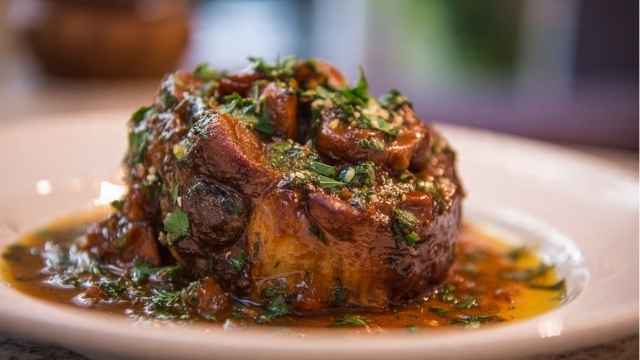
Osso Buco means “bone with a hole” and is a cross-cut from the veal shank. This cut has a bone filled with marrow in the center, which gives it a rich flavor. The shank meat is tougher than other veal cuts, so it needs slow, moist cooking like braising. Cooking it in liquid, such as wine, broth, and vegetables, breaks down the connective tissue, making the meat very tender and the sauce full of flavor from the marrow (Oliver, 2014).
Ground Veal

Ground veal is a flexible choice and can be used just like ground beef or pork. Its mild flavor and lean texture add a gentle richness to recipes. People often use it for tender meatballs, lighter meatloaf, or as the base for a classic Bolognese sauce. You can also mix it with other ground meats, such as pork or beef, for more complex flavors (Ground Veal – Versatile and Nutritious Meat Ingredient for Global Cuisines, 2025).
Veal for Stews and Roasts

Bigger, tougher cuts from the shoulder, chuck, and round are usually sold as stew meat or for roasting.
- Stew meat is usually cut into cubes from the shoulder. These pieces are great for slow-cooked stews and goulash. Slow cooking makes the meat tender and lets it soak up the flavors of the other ingredients (Best Beef Cuts for Stew: Savory Selections, 2025).
- Roasts: A boneless veal roast, usually from the loin or top round of the leg, makes an impressive main dish. Cooking these roasts at a lower temperature helps keep the lean meat juicy and tender (Techniques and Methods – Veal, n.d.).
Preparing Your Perfect Veal Dish
Veal is more delicate than beef, so it needs a different cooking approach. Since it is lean, it can dry out if cooked too long. For tender cuts, cook quickly over high heat. For tougher cuts, use low and slow cooking (Techniques and Methods – Veal, n.d.).
When cooking tender cuts like chops or cutlets, get all your ingredients ready first because cooking goes quickly. Pat the meat dry and season it with just salt and pepper to highlight its natural flavor. Usually, a quick sear on each side is enough. For tougher cuts like shank, brown the meat before braising to create a rich, savory flavor for your dish.
Try setting aside old ideas and see for yourself what makes veal special. Its tender texture and delicate flavor offer a unique dining experience that people have enjoyed for centuries.











